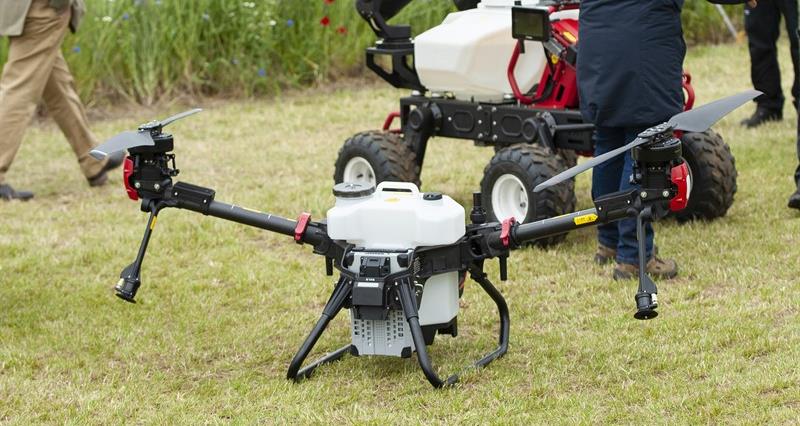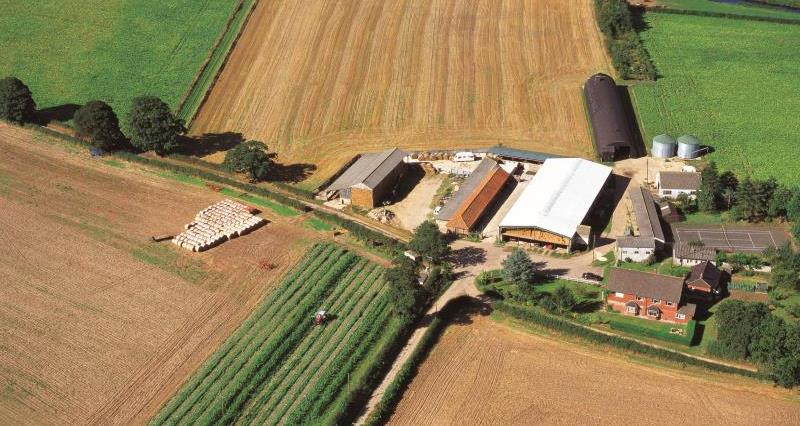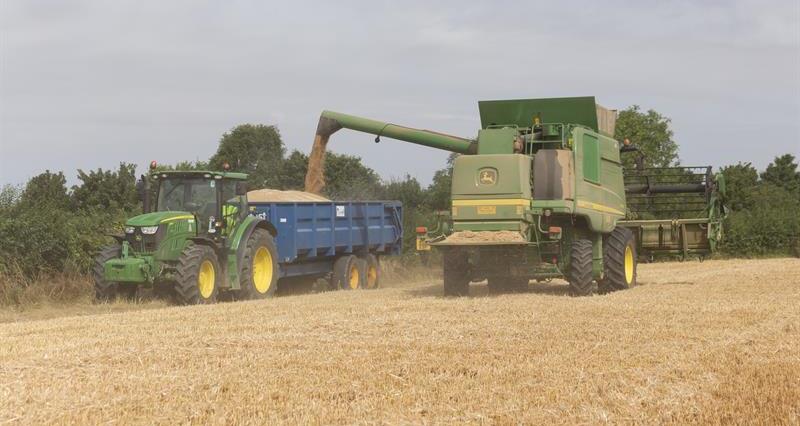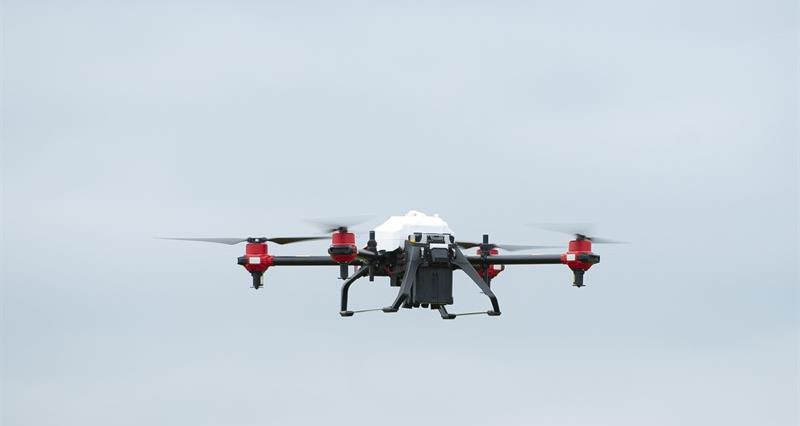With a major emphasis on solar energy and widening the scope of eligible businesses, this round aims to build on the success of round 1 and ensure as many businesses as possible have the opportunity to invest in new equipment for the future.
Round 2: developments and new criteria
Since round 1 concluded, Defra spent a lot of time considering the feedback from stakeholders and applicants on how the first round of this grant could be improved. Among these developments was a need to reconsider the options available, in light of other grants becoming available. As a result, the second round of this scheme will not cover slurry acidification equipment, as there is now a Slurry Infrastructure Grant covering this, which was not available at the time for round 1.
Taking on board the feedback Defra received, and acknowledging a long term NFU ask, the minimum grant threshold for round 2 has been decreased to £25,000, from £35,000 for round 1.
The solar theme for round 2 also has a lower threshold of £15,000, allowing as many farms as possible to submit a proposal to enhance their businesses with the latest sustainable technology.
The round 2 offer also has seen a broadening of the scope of eligible items, considering both robotic and automatic equipment to support various types of crop production and livestock farms.
The aims of this wider scope includes:
- Improving farm efficiency and effectiveness of primary production (agricultural and horticultural).
- Reducing farms’ environmental impact, with a priority on positive contributions to net zero advancements and reducing greenhouse gas emissions.
- Introducing technological innovation to optimise livestock production and to support field operations.
- Using automation to support areas where access to labour is problematic.
New eligibility criteria
The second round of the grant has wider eligibility rules than round 1, applications can now be submitted by a farmer or a horticulturist in England, as well as contractors so long as they have a registered business address in England.
The assets purchased with the grant must remain in England, and mobile assets must be stored in England when not in use.
Landowners and tenants can apply, however following development from round 1, it is now a tenant’s responsibility to secure any necessary permissions from your landlord. If you are a tenant and you expect your tenancy to continue, then you can sign an agreement on your own, or have the agreement underwritten by your landlord. If your tenancy ends, for whatever reason, then the landlord agrees to assume control and responsibility for continuing the project either by themselves or with a new tenant.
Underwritten agreements are optional and are not compulsory, the RPA will only ask for confirmation when a full application is required.
Where a tenancy has less than five years remaining, then the agreement can be signed by the tenant only; the landlord underwriting is an optional feature if both the landlord and tenant believe that the project will be useful and the landlord is happy to continue supporting it.
Those who cannot apply include public bodies and government departments, as well as any members of Producer Organisations under the Fresh Fruit and Vegetables Aid Scheme, if they have funding for the same project through their operational programme. Forestry businesses are also ineligible for this grant.
Application information
As with round 1, there will be a two-stage application process. The first stage was an online checker which closed on 21 March 2024.
Stage 1: eligibility checker
The checker outlined whether your proposed project aligned with the funding priorities for the grant. If demand is high, which is likely owing to the popularity of round 1, then the RPA will prioritise the projects which best meet its priorities for round 2.
An application was needed for both strands of the grant; this means that one was for the farm productivity grant, and another separate application was needed for the solar power grant.
Defra has published guidance on what to include, and continues to stress the importance of reading the grant guidance and offering before submitting an application.
Stage 2: full application
If the project is ineligible, the RPA will inform you of this. If the project is eligible however, the RPA will require further information from you, if the RPA then decides your application is strong enough, scoring highly on its scoring metrics for this round.
Should your project score strongly, then the RPA will invite applicants to submit a full application following your submission to the online checker. If, on a full application, your project scores highly, then the RPA will offer a grant to that business.
A full application should match your initial online application in stage 1. When receiving the email to submit a full application, you will need to include your project details and the same project number that will be included in your application email.
While small detail changes, such as recalculated costs for certain actions shouldn’t cause any issues, if your full application deviates significantly from the initial application submitted at stage 1, then it is likely to be rejected by the RPA due to these changes.
Grant themes
The grant funding is allocated to two distinct themes:
Farm productivity grants
The first is the general farm productivity grants, with a minimum grant of £25,000 and a maximum of £500,000. This can be used for investing in a wide variety of equipment including:
- harvesting technology
- weeding technology
- robotic spraying technology
- driverless tractors or platforms
- voluntary robotic milking system
- feeding robots
- transplanting technology
- slurry robots.
This list is not exhaustive, and the RPA is prepared to consider technology that is either robotic or automatic which is not currently listed; it will be assessed as normal and whether it falls under the scope of the scheme during stage 1 of the application process. More information may be required depending on what it is being claimed for.
For a comprehensive list of the eligible equipment please see the government guidance at: GOV.UK | Improving Farm Productivity grant Round 2: equipment definitions and requirements.
This guidance also outlines the government definitions for robotic and automatic equipment – this will be crucially important for those considering equipment of this nature as the specific requirements will determine if the item is eligible.
As part of the ongoing commitment to reducing fossil fuel reliance, items under the farm productivity theme will be prioritised if they use electric or renewable energy rather than fossil fuels. Renewable energy includes biofuels in the government’s definition.
Solar funding
The other theme under this grant is the solar funding. This theme focuses solely on solar PV (photovoltaic) technology. The minimum grant for this theme is £15,000 and the maximum is £100,000. This will contribute to your £500,000 limit per applicant business, but this will be across two applications for both themes.
The items eligible for funding under this theme includes:
- solar PV panels
- solar batteries
- inverters
- electric grid connection
- utility meters and power diverters.
The grant will not fund ground-based solar panels, replacing or repairing roofs for solar panel installation, construction of new buildings to house solar panels, nor will it fund upgrading existing solar technology. Alternatively, funding can be used to install a system on an irrigation reservoir, including the supporting floating cradle. In all cases, it is the farmers’ responsibility to ensure the reservoir or building roof is suitable to support the solar panel system.
The grant cannot pay for other renewable energy generation projects such as anaerobic digester plants, there is also an additional requirement that solar panels cannot be installed on north facing buildings, or those in a heavily shaded area.
Funding should only be used for Solar PV systems to provide power to farms and installed on farm buildings. Funding cannot be used to fund residential solar power systems, however, funding can be used to invest in batteries, as well as connecting the system to the national grid to export surplus power.
Claiming your grant payment
If shortlisted after applying for this grant, the process for claiming remains similar to round 1. Over the course of the project, there will be three opportunities to submit a claim; the staging and timing of these will be subject to your agreement with the RPA.
Grants will be paid in arrears, and the final claim submitted must be at least 15% of the total claim value. Claims can only be made against work which has been completed and paid for.
It is crucial that work does not start, nor is any money spent before the project start date. This includes entering into any legal contracts or placing an order for supplies or equipment.
Incurring costs before the start date on your agreement may invalidate your entire agreement, as the project could be considered as having already started.
Successful applicants will also need to follow any guidance from the RPA regarding acknowledgement and publicity of the grant. There are template forms available for this on the RPA’s website.
The final deadline to claim has not been announced. The RPA will inform shortlisted applicants in due course.
Lease or hire purchased items
As with round 1, items purchased through lease purchasing or hire purchase agreements must be owned outright by the applicant before a grant claim can be submitted.
If an item is not owned outright, then you will not be able to include these costs into your claim. You must pay all the instalments and be able to show that the title has passed to you before submitting a claim for the grant.



